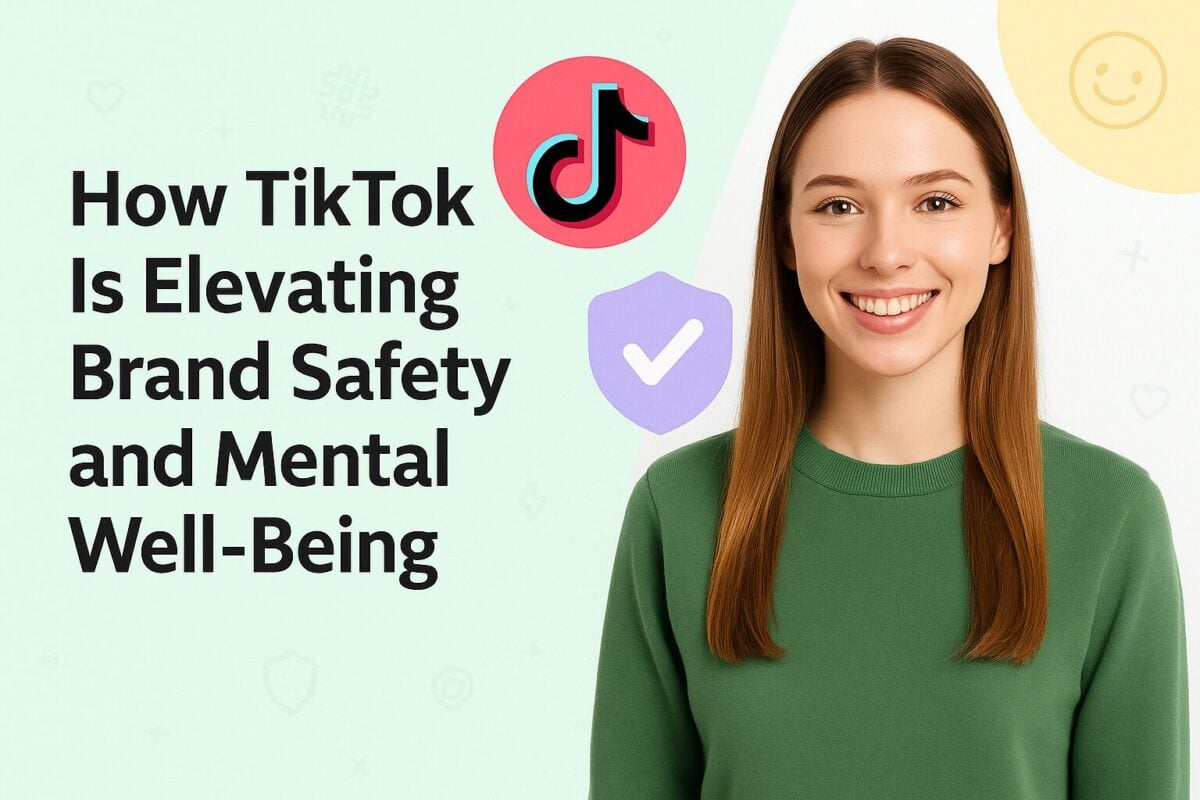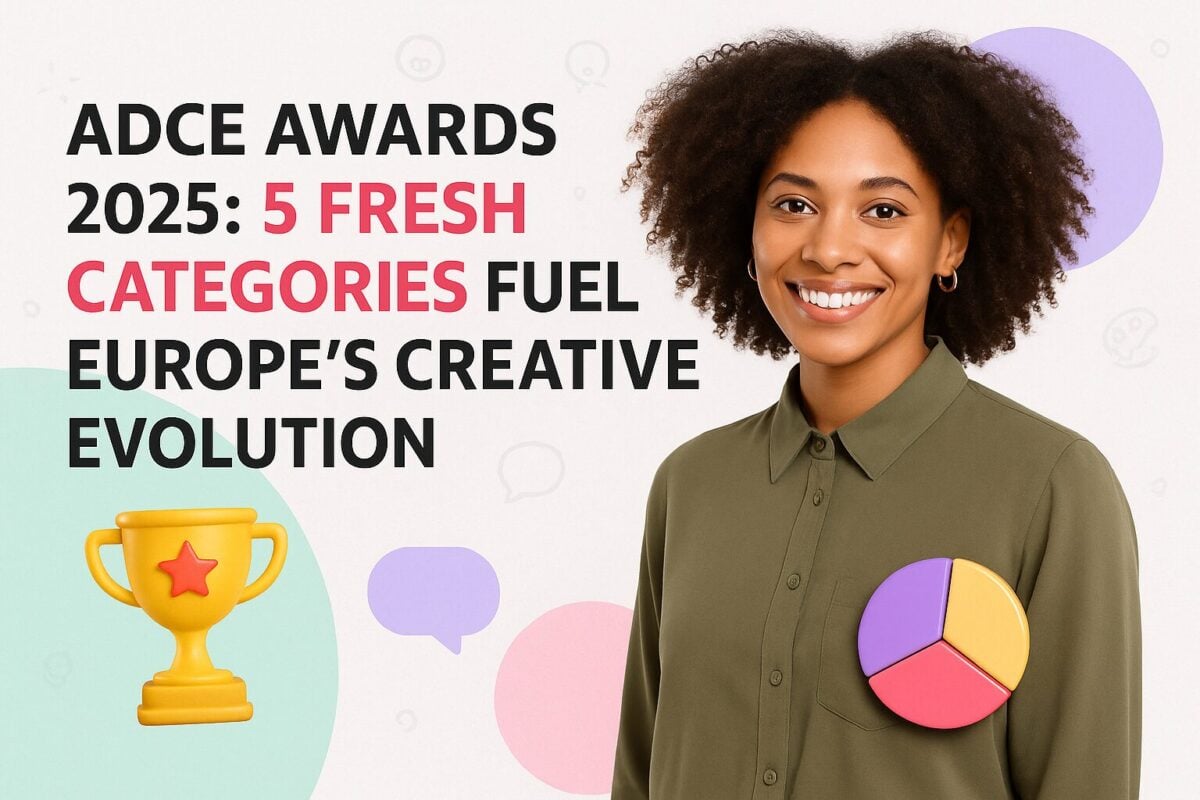Share of voice (SOV) is a measure of the market your brand owns compared to your competitors. It is the number of times a brand is mentioned on the web vs. the number of times their competitors’ brands are mentioned. Share of voice covers both brand awareness and customer engagement, as it reflects how often a brand is seen online and how well the customers engage with its content.
It acts as a gauge for your brand visibility and how much you dominate the conversation in your industry. The more market share you have, the greater popularity and authority you likely have among users and prospective customers.
While SOV typically referred to a brand’s share of paid advertising in a competitive marketplace, it has a broader definition that can include various elements of digital marketing and advertising, including mentions on social media and traffic for certain keywords.
By knowing your SOV, your brand has a better understanding of the challenges and your current position in the market, giving you more insight into how to achieve growth and captivate users.
Recommended Software
How do you calculate SOV?
- Divide a target metric that represents your brand by the total in your market or industry.
- Multiply that number by 100 to get your percentage of market share for that particular metric. Your brand metric / Total market metric x 100
There are a wide range of analytics platforms with built-in tools that automatically calculate your SOV relative to similar brands. There are also many social media listening tools that analyze the conversations held by users via hashtags and mentions and then calculate SOV among several brands or the entire market.
You can measure a variety of metrics with SOV.
Examples of metrics to calculate for SOV include:
- Organic keywords
- Pay per click (PPC) keywords
- Impressions
- Reach
- Revenue
- Mentions
- Hashtags
Benefits to measuring SOV
Some of the pros of measuring share of voice include:
- Perform competitive analysis on a market-wide scale. Getting to know your competition is the starting point of strategic research. Once you’ve identified all the biggest names in your niche, you can run brand-by-brand comparisons to see exactly where you’re lagging. Take a look at the overall mentions, then dive deeper into country and language insights to learn from the brands with the highest visibility in any given location.
- Segment your target audience. SOV calculation run by social listening tools is based on real-user conversations on social media, so it’s only logical that by analyzing these conversations you gain insights into consumer behaviors and industry trends.
- Evaluate the success of your marketing campaigns. Improve future campaigns based on findings in SOV reports.
- Manage your brand. Reputation assessment might not be at the top of your checklist, yet it’s one of the primary use cases of social media monitoring tools. When measuring SOV by fetching and analyzing mentions of a brand online, social listening tools can also run sentiment analysis, breaking all brand mentions into positive, negative, and neutral measurements.



